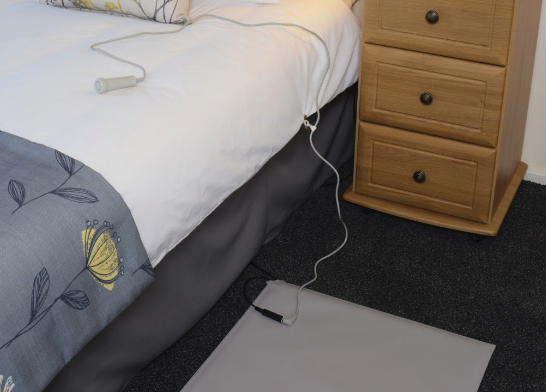Falls can be a significant risk, particularly for older adults and individuals with mobility challenges. However, with a few preventive measures, it is possible to create a safer home environment and reduce the risk of falls. In this guide, we will provide you with top tips on how to prevent falls around the home, ensuring a safer living space for everyone.
1. Remove Clutter
Start by decluttering your living space. Remove any unnecessary items, such as loose rugs, piles of books, or scattered toys, from walkways and high-traffic areas. Clearing clutter will create a more open and obstacle-free environment, reducing the risk of tripping or stumbling.
2. Secure Rugs and Mats
Secure rugs and mats throughout your home to prevent them from slipping or sliding. Use double-sided tape or nonslip mats underneath to ensure they stay in place. Alternatively, consider removing rugs altogether or replacing them with wall-to-wall carpeting for a more stable surface.
3. Adequate Lighting
Proper lighting is essential for preventing falls. Ensure that all areas of your home are well-lit, including hallways, staircases, and entryways. Install bright, energy-efficient bulbs and consider using motion-sensor lights or nightlights in areas where additional illumination is needed during the night.
4. Stair Safety
Staircases pose a significant fall risk. Install handrails on both sides of the staircase for support and stability. Ensure that the handrails are securely mounted and in good condition. Keep stairways clear of clutter, and consider using contrasting tape or paint on the edges of each step to improve visibility.
5. Secure Cables and Cords
Keep cables and cords neatly organised and out of walkways. Use cord covers or adhesive tape to secure them to walls or baseboards. Avoid running cords across high-traffic areas, as they can become tripping hazards.
6. Bathroom Safety
The bathroom can be a particularly dangerous area prone to slips and falls. Install grab bars near the toilet, bath, and shower for added support. Use nonslip mats or adhesive strips in the tub or shower to prevent slipping. Consider using a shower chair or bath seat for added stability while bathing.
7. Bedroom Accessibility
Ensure that your bedroom is designed for easy accessibility. Place frequently used items within reach, eliminating the need for excessive bending or stretching. Install a nightstand or bedside table with a lamp near your bed to provide adequate lighting during night-time.
8. Secure Furniture
Make sure furniture is stable and securely positioned throughout your home. Anchor tall or top-heavy furniture, such as bookshelves or cabinets, to the wall to prevent them from tipping over. Avoid using furniture with wheels or casters that may roll unexpectedly.
9. Use Assistive Devices
Consider using assistive devices to improve stability and balance. Items such as handrails, walking aids (canes or walkers), or grab bars can provide additional support and reduce the risk of falls. Consult with a healthcare professional or occupational therapist to determine the most suitable assistive devices for your specific needs.
10. Regular Maintenance
Maintaining a safe home environment requires ongoing attention. Regularly inspect your home for potential hazards, such as loose floorboards, uneven surfaces, or faulty handrails. Repair or replace any damaged or worn-out items promptly. Keep up with general home maintenance to ensure a safe and hazard-free living space.
Read our guides, such as Tips on Improving Home Accessibility to learn more about ensuring your home is accessible.
Remember, preventing falls is a proactive approach to maintaining safety at home. By implementing these top tips and making necessary adjustments, you can create a secure environment that minimizes the risk of falls and promotes overall wellbeing.

